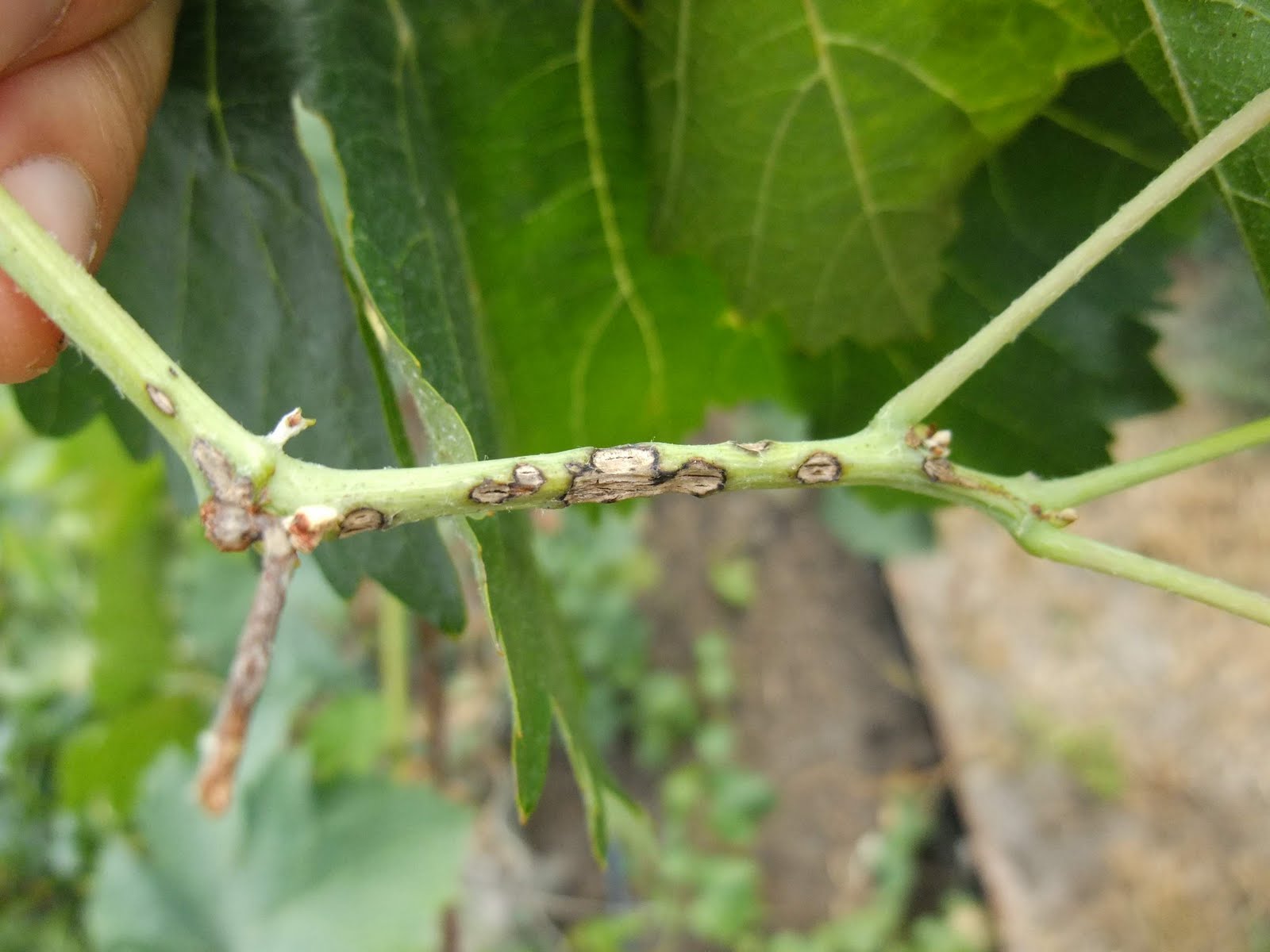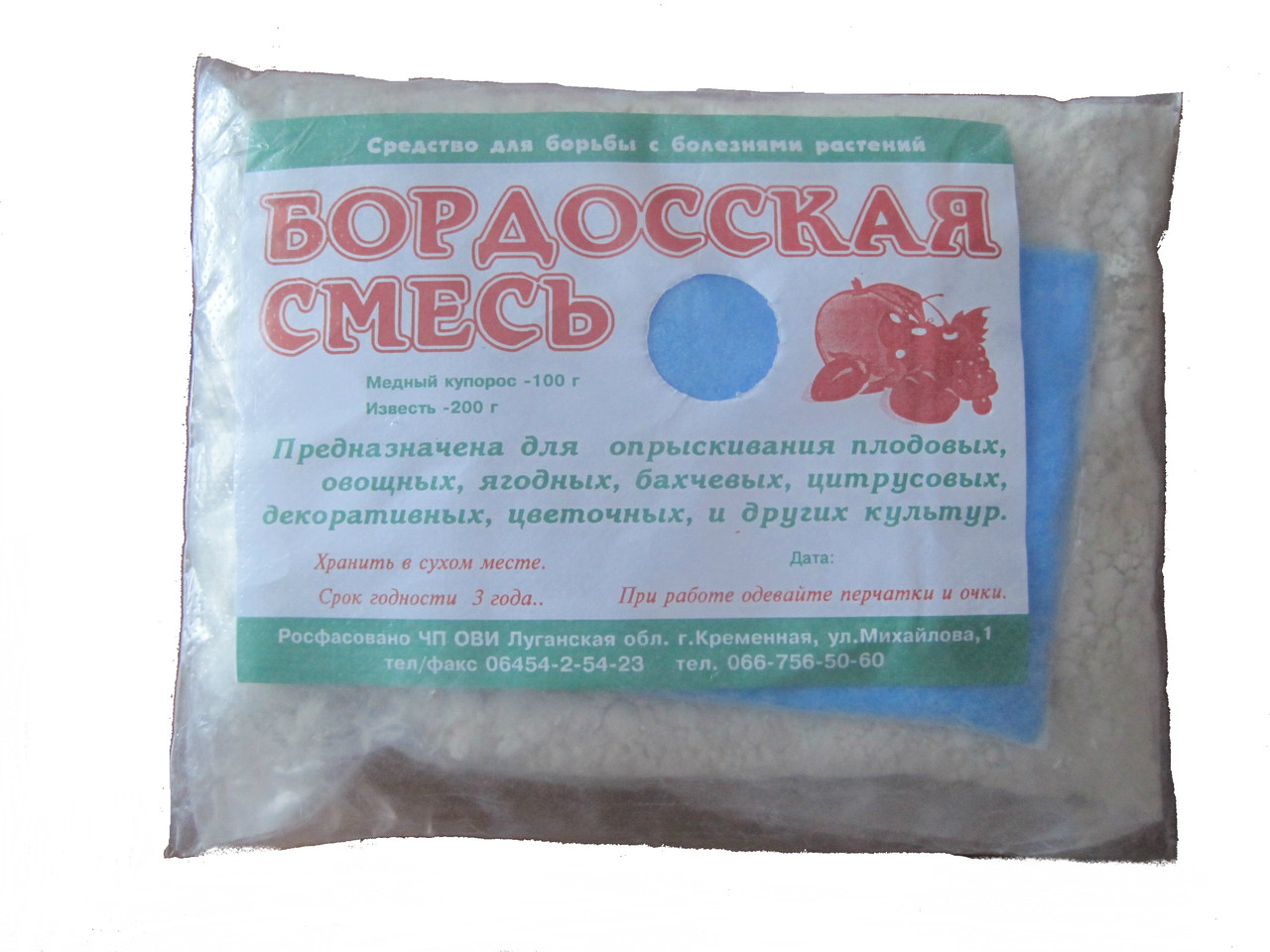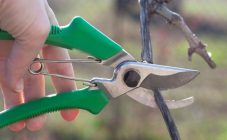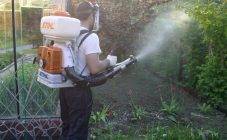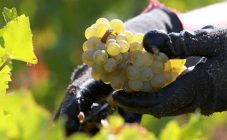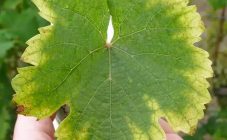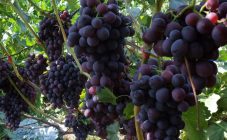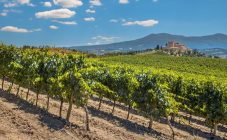Content:
Among grape diseases there is a disease dangerous for the culture - grape anthracnose. It manifests itself first by a change in leaves. Small dark blotches appear on them, which eventually become spots. The changes lead to drying and shedding of the leaves. Over time, the disease spreads first to young shoots, then to the entire bush. The vine, covered with brown spots, cracks and rots at high humidity. The disease also affects inflorescences, bunches of grapes. On the grapes of the infected bush, brown spots with a dark core are present (anthracnose is known as a bird's eye due to the specific pattern on the berries). The fruits affected by the disease fall off, and the grower can lose up to 80% of the harvest. Bushes weakened due to infection do not tolerate winter frosts and die.
Causative agent of the disease
The cause of the disease is a fungal infection. The insidiousness of anthracnose lies in the fact that the fungus spreads quickly, and it is not always possible to detect the infection in a timely manner due to the presence of the pathogen in a calm phase - the fungus may not detect itself for several years. The impetus for activation is humid warm weather, so outbreaks of the disease are more often observed in the spring and early summer. Autumn becomes at times the active spread of disputes. But due to the fact that there are no young shoots and leaves on the vine, the infection does not manifest itself.
When a disease is detected, a plant should be treated immediately; preventive measures help prevent fungal infection.
Causes and prevention
In addition to favorable climatic conditions for the development of the fungus, the activation of the infection can be caused by:
- soil poor in potassium and phosphorus;
- acidic or salty earth;
- incorrect pruning and violation of other agricultural standards.
The disease develops quickly (the first signs appear on the bush 7-8 days after infection) and spreads quickly. If you do nothing, you can lose your entire vineyard.
Proper care of grape bushes helps to avoid anthracnose infection:
- In the spring before flowering, spraying should be done with an interval of 2 weeks with 1% Bordeaux liquid or a copper-containing preparation. Will protect the grape bush and pollination with sulfur powder from infection.
- Sanitary pruning of vines. It is done so that, without allowing thickening, to create conditions for airing the bushes and to remove diseased and dried shoots in a timely manner. After the procedure, all cut parts of the grapes are burned, and the instruments are disinfected.
- Regular loosening of the soil under the bushes.
- Correct watering without waterlogging;
- Mulching the soil.
- Removing weeds from under the bushes and from the site.
- Application of complex fertilizers with a high content of calcium and phosphorus.
- Spraying after heavy rains with a solution of Bordeaux mixture or fungicides.
- An important measure in the fight against infection is the disinfecting treatment of garden tools after pruning and pinching.
- Digging the earth and additional garter of the vine.
Treatment
For the treatment of grape anthracnose, 3 methods are used.
Agrotechnical
The method is associated with compliance with agricultural standards. This is the prevention of thickening of the bush, regular feeding, sanitary pruning of vines, weed removal and mulching, loosening of the soil.
Chemical
The effect is achieved by exposure to chemicals. To exclude the possibility of infection of the plant in early spring, when the fungus has just woken up, the bush is sprayed several times with protective agents. The time is chosen when young shoots will grow in length by 7-10 cm. The first spraying is done with a 3% solution of Bordeaux mixture. After 2 weeks, the treatment is repeated, but using a 1% solution.
To prevent the onset and development of diseases in the spring, during the formation of kidneys, the spraying cycle can be supplemented by treatment with a solution with Bottom (2.2%) and Nitrafen (1.3%).
The chemical method also includes a healing effect using fungicides. Anthracnose treatment begins with spraying with a solution of copper sulfate, after which contact action fungicides are used (they kill the fungus upon contact) or systemic (redistributed from the place of application to other parts of the plant over the surface and inside the plant), mixed action. The best among fungicides for the treatment of grapevine are recognized Acrobat MC, Kuproskat, DNOK, Bordeaux mixture, Skor, Fitosporin M. Treatment is recommended to be carried out regularly with an interval between sprays of 2 weeks. If it rains frequently, the interval between treatments is reduced.
With the use of biofungicides
Unlike chemicals, their effects are not of chemical origin, in particular, bacterial. Biological fungicides are low-toxic, therefore they are safe for the bush, human health, and insects. They are highly effective, the scheme and method of their use are similar to chemical preparations. Popular among biofungicides are Fitop, Integral, Planriz, Agate, Mikosan.
It will not be possible to cure the plant without excluding re-infection. Therefore, when diagnosing anthracnose, pruning of the vine affected by the fungus is promptly done, and all shoots, leaves, and bush of berries removed from the bush are burned.
When caring for a vineyard, a systematic approach is important. Regardless of which medicine the grower chooses: a chemical or a biofungicide, agrotechnical standards must be observed and preventive measures taken. Only then will viticulture flourish.
